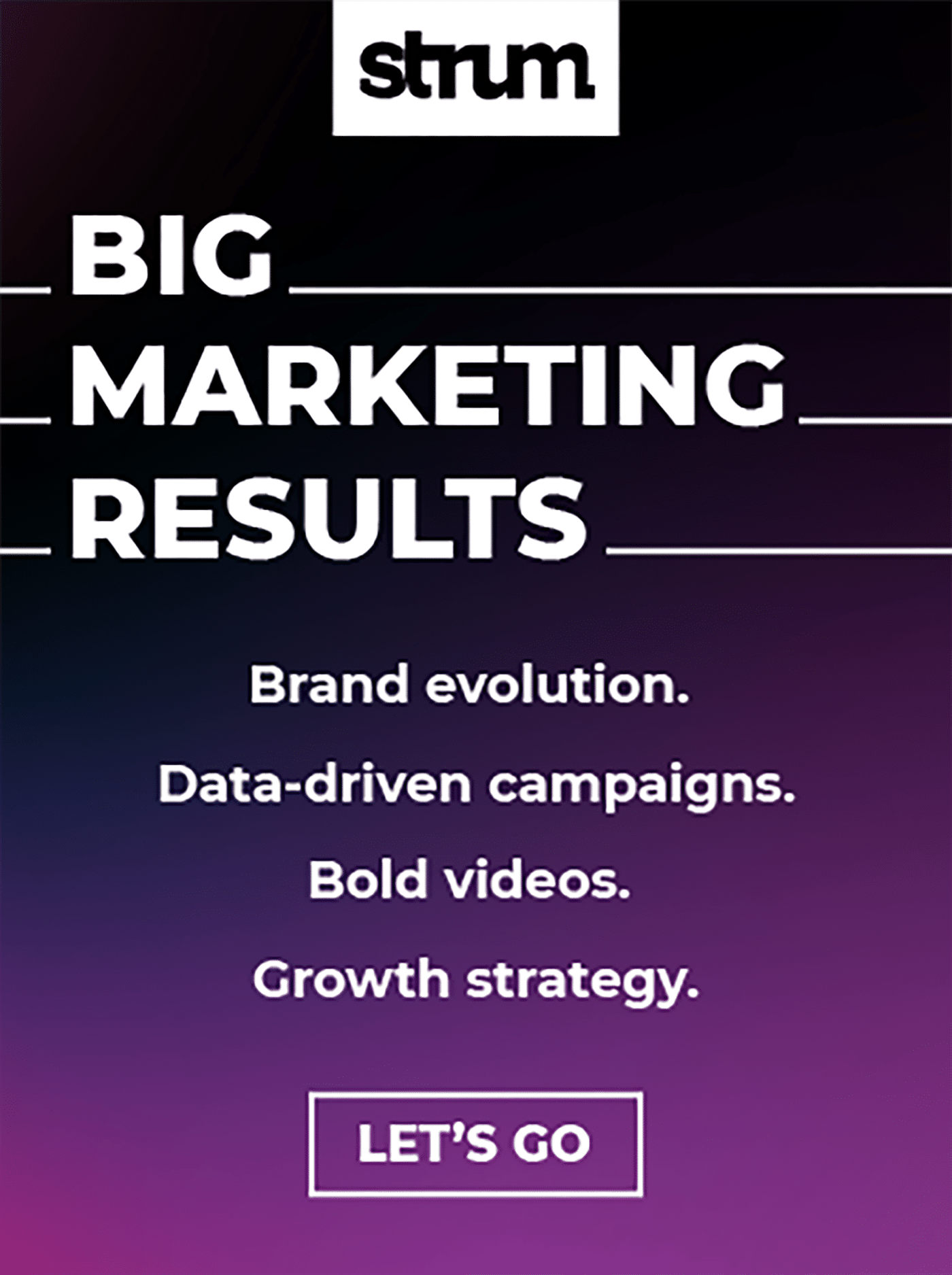Banks and financial institutions may be slow-rolling AI adoption, but that doesn’t mean their employees are moving at the same pace.
In fact, more employees than ever before — 75% of global knowledge workers — are using generative AI at work, according to Microsoft and LinkedIn’s 2024 Work Trend Index Annual Report released May 8.
More than half of those respondents started using AI less than six months ago.
The phenomenon has been called “do-it-yourself AI” or “bring-your-own AI.” Some also call it “shadow AI,” similar to “shadow IT.”
What is Shadow IT and Shadow AI?
‘Shadow IT’ refers to the unsanctioned use of software, hardware, or other systems and services within an organization, often without the knowledge of that organization’s information technology (IT) department. Similarly, ‘Shadow AI’ refers to the unsanctioned use of AI.
In a trend that has potential to foster innovation from the bottom up, individual workers are adopting or experimenting with AI tools on their own absent a wider corporate strategy. This is especially true in marketing departments, where use cases are plentiful.
At the same time, unchecked use of AI can pose a real risk to financial institutions at all levels of the organization, spurring business leaders to establish proper guardrails to ensure everything is above board.

Data Insights Deliver: Bank Reaches 113% ROMI with Segmentation
Uncover the techniques behind this bank's impressive ROI boost through data-driven marketing.
Read More about Data Insights Deliver: Bank Reaches 113% ROMI with Segmentation

Register for Discovery2024 Conference
Join us August 8th for Discovery2024, your gateway to the strategic insights and human connections you may need to navigate the evolving financial landscape.
Gen AI Use Cases in Marketing
Generative AI has multiple use cases in marketing that span across both financial services and retail commerce.
Generally, use cases fall into two broad categories: consumer-facing creative, and analytics, says Collins Paris, founder and chief executive of business intelligence startup Rainsight and senior director of ecommerce at non-dairy creamer company Nutpods.
“Myself, my reports, and other coworkers use [generative AI] in different capacities,” Paris says, “We have some people in our organization who are using it for pretty low-lift tasks, almost as a mental companion for creativity. It takes them from zero to one when starting a project or filling in some project details.”
For example, marketers can use generative AI to create captions or ad copy, write a frequently asked questions page or beef up product descriptions, Paris says.
Marketers can also leverage generative AI for analytics.
“One of the ways I use AI in that business intelligence world is like a second set of eyes,” Paris says. “I get that 10,000 foot view to see what I’m missing. I might be looking for anomalies. It can’t tell me the why of what’s going on, but it can tell me the what.”
Those use cases aren’t far off from similar use cases employed by financial institutions. Diamond Standard Co., a regulated diamond commodity exchange fintech, uses generative AI for content creation, visual design, data analysis, personalization, search engine optimization, and ad copy, its CRO Chris Dessi says.
“Generative AI enhances content creation, personalization, and data analysis, making it an excellent tool for marketers,” Dessi says. “AI can quickly generate copy, design visuals, and analyze vast amounts of data to provide insights into consumer behavior, which can improve campaign effectiveness.”
Use Cases for Generative AI in Marketing
- Content creation: Writing blogs, social media posts, and email campaigns;
- Visual design: Generating graphics, infographics, and video content;
- Data analysis: Analyzing customer data to uncover trends and insights;
- Personalization: Creating personalized marketing messages and recommendations;
- SEO optimization: Generating keyword-rich content to improve search engine rankings; and
- Ad copy: Crafting compelling advertisements for various platforms.
At the end of the day, AI copilots can help marketers focus on “more high value tasks,” Elizabeth Adams, North America go-to-market lead at Avanade X, says. Avanade is a joint venture between Microsoft and consultancy firm Accenture.
“It’s not a replacement for the people in an organization, but it allows them to do things faster and better,” Adams says.
The Economics of Tech Adoption
Generative AI may have been around for decades, but it was thrust into the limelight in November 2022 with the launch of OpenAI’s Chat GPT.
“We’re still in the very early stages of [AI adoption],” says Guy Berger, director of economic research at consultancy firm The Burning Glass Institute.
“The history of technological adoption is there’s a lot of early experimentation,” Berger says, noting that experimentation is the precursor to mass adoption.
Take the personal computer (PC), for example. “PCs have been around since the late 70s,” Berger says. “They started showing up in productivity statistics in the mid 90s, but they were present across American businesses in the late 80s and early 90s.”
Companies will need to take learning lessons from individuals’ experiments to help reshape corporate strategy, Berger says.
“The key insight here is it takes time for businesses to be reimagined,” Berger says. “There’s a lot of steps from people doing their own wildcat productivity improvements on their own to the business starting to use it regularly… This can take a long time to percolate.”
Companies need to be intentional in listening and learning from employees as they look to adopt these tools, Avanade’s Adams says.
“Innovation really happens when people are curious,” Adams says. “It’s really on an organization to ensure that they are able to capture some of that innovation.”
Read more about banking tech:
Staying on the Straight and Narrow
Individuals’ experimentation with new technology may help pave the way for organizational change, but financial institutions will still need to manage the risks presented by unsanctioned use of new technology, says Jessica Gonzalez, vice president of customer success and lending at automation fintech InformedIQ.
“We’ve always had shadow IT, and it’s always been a cybersecurity risk,” Gonzalez says.
Shadow AI is no different, she says.
“The responsibility still relies on if you use [GenAI], are you still taking the right steps to document where your sources are coming from?” Gonzalez says. “Is this information that needs to be fact checked?”
Privacy, ethics, fairness, sensitivity and bias also come into play when banks are assessing risk, says Ashvin Parmar, global head of insights and data for financial services at consultancy firm Capgemini.
At the end of the day, there should always be a human in the mix, checking for accuracy, Parmar says.
Employees inadvertently providing internet-based generative AI, such as ChatGPT, with sensitive company information is also a risk of unchecked usage, Parmar says, which has spurred some of Capgemini’s financial services clients to look into creating internal ecosystems for generative AI tools.
That’s how AI marketing company Persado, founded in 2012, structures its business, Taylor Holmes, Persado’s VP of solutions consulting, says. Persado works with brands including Ally Bank, Dropbox, JP Morgan Chase, Kate Spade, Marks & Spencer and Verizon among others, according to its website.
“We’re purpose built for marketing, and we’re on our own large language model,” Holmes says.
“We’re generating language for performance specifically for the marketing use case,” she says. “One of the downsides of generative AI is if you use the internet as your source of information you often are served what’s most frequently seen versus what’s maybe the most accurate.”
Generative AI in marketing can marry the art of language with the science of analytics, Holmes says. But organizations have to put a plan in place to make sure it is being used responsibly.
“You have to talk about it, even if you’re not ready to adopt — you have to talk about where the extremes are,” she says.
“There’s so many layers to [AI copilots], so just having conversations helps open up what those concerns are,” Holmes says.
Joey Pizzolato is an award-winning writer and editor based in New York, specializing in consumer finance. His work has been published in DSNews, The MReport, Auto Finance News, and Bank Automation News, among others. He is a two-time recipient of an Azbee Award for Enterprise News and Investigative Reporting.







